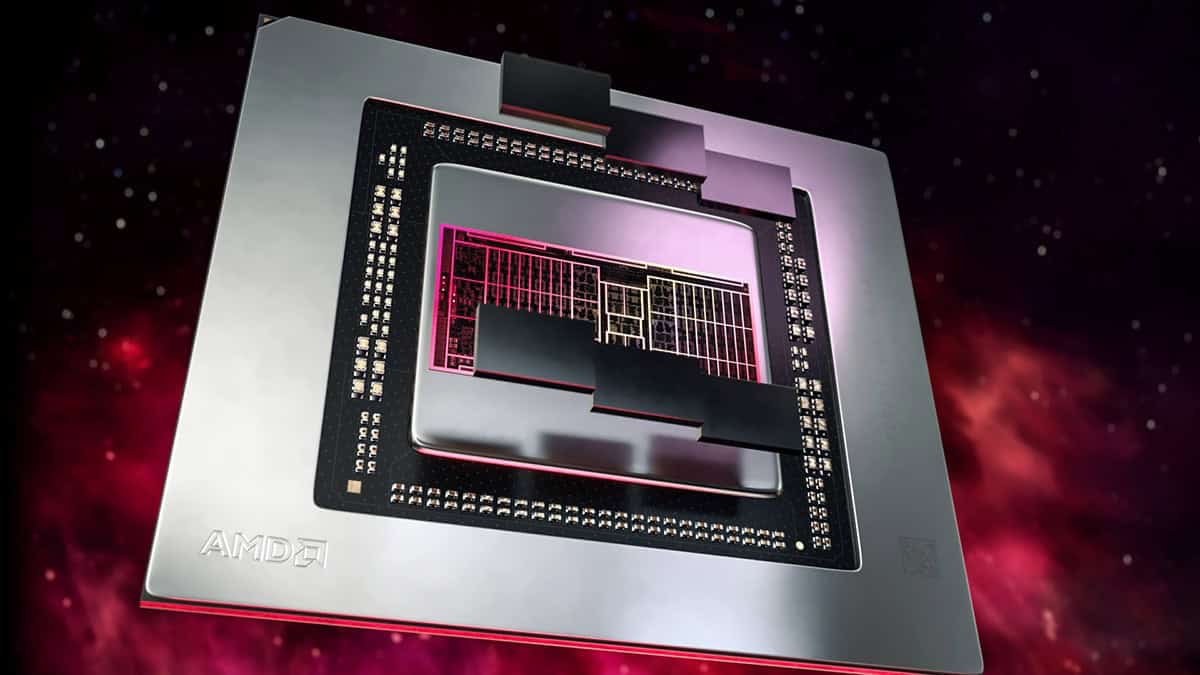Sony’s next-generation console, the PlayStation 6, is poised to make a significant leap in graphics technology. Recent leaks indicate that the PS6 will utilize AMD’s new UDNA (Unified DNA) architecture, bypassing the previously anticipated RDNA 5. This change marks a major shift in AMD’s GPU roadmap and promises substantial improvements for future gaming experiences. The transition to UDNA reflects AMD’s effort to streamline its graphics technology across various platforms.
UDNA is expected to debut in 2026 or 2027, powering both the PlayStation 6 and AMD’s Radeon RX 9000 series graphics cards. This unified approach aims to enhance performance and efficiency in both console and PC gaming environments. By adopting UDNA for the PS6, Sony continues its long-standing partnership with AMD. Currently, the PlayStation 5 utilizes AMD’s RDNA 2 architecture, and it is rumored that the upcoming PS5 Pro will incorporate new ray tracing technology from AMD.
The shift to UDNA for the PS6 would be a pretty big development and signal from both AMD and Sony that they’re pushing the next-gen consoles toward the future of gaming technology.
PS6 and AMD UDNA: A Potential Powerhouse
Rumors are swirling that the upcoming PlayStation 6 (PS6) might be powered by AMD’s new unified graphics architecture, UDNA. This would be a significant leap, skipping over the anticipated RDNA 5 and potentially setting a new standard for console gaming performance.
AMD UDNA: A Game Changer
As you might know, AMD recently announced UDNA (Unified DNA), a new architecture that merges their gaming-focused RDNA technology with the high-performance computing capabilities of CDNA. This unified approach aims to streamline development, improve efficiency, and boost performance across various applications.
PS6 and UDNA: What We Know So Far
While Sony hasn’t officially confirmed the PS6’s specs, here’s what the rumors suggest:
- UDNA Graphics: The PS6 is rumored to feature a custom AMD APU (Accelerated Processing Unit) based on the UDNA architecture. This could bring significant graphical improvements over the PS5’s RDNA 2-based GPU.
- RDNA 5 Skipped: Interestingly, the rumors indicate that Sony might skip RDNA 5 altogether, jumping directly to UDNA. This suggests a strong focus on the unified architecture’s potential.
- Performance Boost: UDNA could deliver a substantial increase in graphical processing power, enabling higher resolutions, smoother frame rates, and more realistic visuals in PS6 games.
- Ray Tracing Enhancements: UDNA’s unified approach might lead to significant enhancements in ray tracing capabilities, creating more immersive and visually stunning gaming experiences.
- AI Integration: UDNA’s potential for AI integration could open doors to new gameplay features and advancements in areas like character behavior and in-game physics.
Potential Implications for Gamers
If the PS6 does indeed feature UDNA graphics, gamers can anticipate:
- Next-Gen Visuals: Expect games with higher fidelity, more realistic lighting and shadows, and more detailed environments.
- Smoother Gameplay: UDNA’s increased processing power could translate to higher frame rates and smoother gameplay, even in demanding titles.
- New Gaming Experiences: The combination of UDNA’s graphical capabilities and potential AI integration could pave the way for innovative and immersive gaming experiences.
Looking Ahead
While these are still rumors, the prospect of a UDNA-powered PS6 is exciting. It signals a potential shift in console gaming performance and capabilities. As always, we’ll have to wait for official announcements from Sony to confirm the final specifications.
| Feature | Potential Benefits |
|---|---|
| AMD UDNA Graphics | Significant performance boost, improved visuals, enhanced ray tracing |
| RDNA 5 Skipped | Focus on unified architecture, potential for greater advancements |
| AI Integration | New gameplay possibilities, enhanced in-game features |
Key Takeaways
- PlayStation 6 will use AMD’s new UDNA graphics architecture
- UDNA represents a unified approach to graphics across platforms
- The PS6’s graphics technology signals a significant advancement in console gaming
Advancements in PlayStation 6 Graphics Technology
The PlayStation 6 is set to introduce groundbreaking graphics capabilities with AMD’s new UDNA architecture. This leap in technology promises significant improvements in gaming performance and AI integration.
Unveiling the UDNA Architecture
AMD’s UDNA (Unified DNA) architecture represents a major shift in GPU design for gaming consoles. UDNA combines elements from previous RDNA generations with new technologies optimized for gaming and AI workloads.
Key features of UDNA include:
- Enhanced ray tracing capabilities
- Improved AI acceleration
- Higher energy efficiency
- Increased compute performance
These advancements aim to deliver more realistic graphics and smoother gameplay experiences on the PlayStation 6.
Comparative Analysis: RDNA Generations and UDNA
UDNA builds upon the strengths of previous RDNA architectures while introducing new innovations:
| Feature | RDNA 3 | RDNA 4 | UDNA |
|---|---|---|---|
| Ray Tracing | Limited | Improved | Advanced |
| AI Acceleration | Basic | Enhanced | Dedicated |
| Power Efficiency | Good | Better | Excellent |
UDNA’s unified approach allows for better resource allocation between graphics and AI tasks. This integration enables more sophisticated rendering techniques and improved game physics.
Impact on Gaming Performance and AI Integration
The UDNA architecture in PlayStation 6 is expected to revolutionize gaming experiences:
- Faster frame rates at higher resolutions
- More realistic lighting and shadows
- Enhanced AI-driven NPCs and environments
AI integration in UDNA opens new possibilities for game developers. Advanced AI upscaling techniques, similar to DLSS, could become standard features. This would allow games to run at higher resolutions without sacrificing performance.
UDNA’s improved AI capabilities may also lead to more dynamic and responsive game worlds. NPCs could exhibit more realistic behaviors, and environments could adapt more convincingly to player actions.







